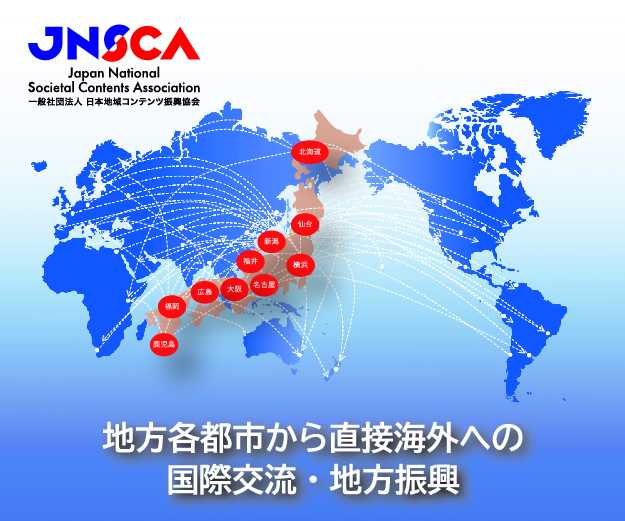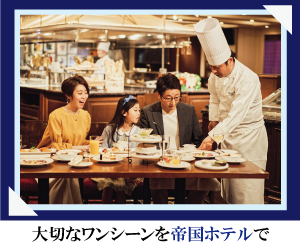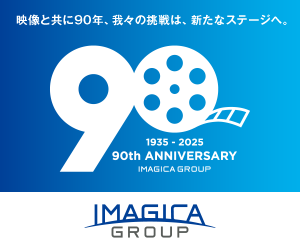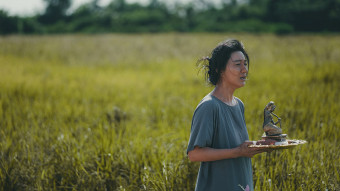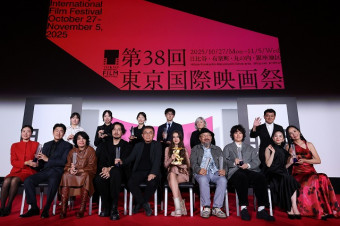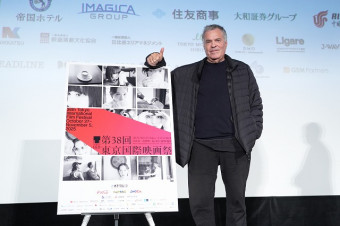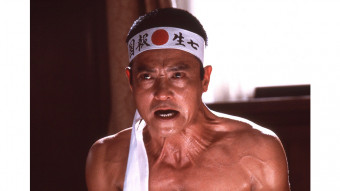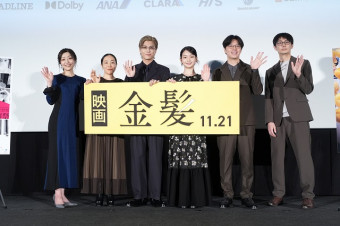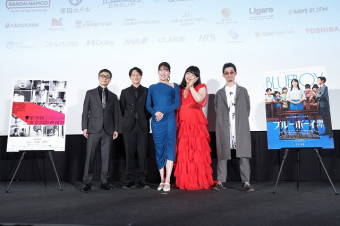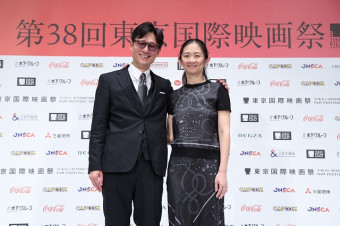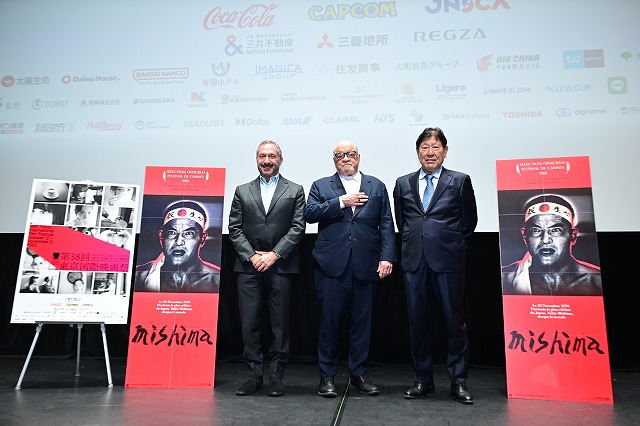
Paul Schrader’s 1985 masterwork, Mishima: A Life in Four Chapters, received its first-ever public screening in Japan on October 30, as part of a Mishima Yukio Centenary tribute at the 38th Tokyo International Film Festival. If you follow these things, you know already that the film was one of the festival’s fastest sellouts, and that stories are still swirling, 40 years later, over why such an astonishing cinematic achievement was culturally canceled in the country where it was set and had been made.
Executive produced by Francis Ford Coppola and George Lucas, with groundbreaking production design by Ishioka Eiko, a driving score by Philip Glass, stunning cinematography by John Bailey, and unforgettable performances from the likes of Ogata Ken and Sawada Kenji, the film interweaves episodes from the iconoclastic author’s past with staggeringly visualized dramatizations from his books “The Temple of the Golden Pavilion,” “Kyoko’s House,” and “Runaway Horses” — all punctuated with moments from the final day of Mishima’s life, when he and four young members of his private army infamously occupied a Self-Defense Forces garrison before he committed seppuku.
Mishima won the Best Artistic Contribution award at the 1985 Cannes Film Festival, and was immediately hailed as one of the greatest biopics ever made. The Criterion Collection restored and reissued the film in 2008, ensuring its forever-iconic status. Schrader visited Japan after the film was completed, coming as recently as 2017 with First Reformed.
But this is the visit during which the director and his long-ago work became the talk of the town.
Speaking of talk, that is exactly what he did before the Mishima screening. In too-brief comments on stage before the projector rolled, Schrader, the film’s producer, Mata Yamamoto, and associate producer Alan Poul thrilled the audience with tales of the film’s creation, making it all sound like they had just completed it.
TIFF Managing Director Sakagami Hitoshi asked first for a word of introduction from the men, but each had many words to say — after all, they’ve been writing their lists of thankyous for four decades. Yamamoto began by tracing his own involvement in the film, which had begun when he worked with Paul Schrader’s brother, the screenwriter Leonard Schrader (who would go on to cowrite Mishima), and found himself in Hollywood, where he met Paul as well as Francis Ford Coppola and George Lucas, and eventually produced Mishima. “It was shot entirely in Japan with an all-Japanese cast, the first time an American director mounted such a production,” he said. “It’s been a long journey and many people have passed away already,” but he asked several actors who were in the audience to stand up and take a bow.
Poul welcomed the audience and, speaking in Japanese, recalled that he’d met Schrader in New York in 1983, through his job programming films at the Japan Society. “Paul asked me to come with him to Japan to shoot the film, even though I’d never been on a film set before. Of course I went. So my first experience working on a set was at the Toho Studios, and I’ve been working in film ever since.” Switching into English briefly, he said, “Thank you, Paul. I owe you everything.”
Poul cited many names of collaborators on the film before giving thanks to TIFF Chairman Ando Hiroyasu and the TIFF staff. “Chairman Ando really lent his support in realizing this screening today. I also want to thank Mr. Yamamoto, who has been very passionate and tenacious about realizing this Japan premiere.”
Schrader also expressed gratitude to Ando and Yamamoto, the latter of whom he called “the rudder who has kept this ship sailing for 40 years,” and told the audience, “I knew this moment would come, I just didn’t know whether I would be alive to see it.”
“I’m really glad to be here, I always remember [making Mishima in] Japan with great fondness. My daughter was born here and I had a great time working with the Japanese crew. The first question I’m often asked is ‘Why Mishima and why you?’ Good question. I’d known about him through my brother, who was teaching at Doshisha University in Kyoto at the time of the Ichigaya Jiken [when the author committed seppuku]. What drew me to Mishima was his psychology, you could even say his pathology. There’s this [wrong-headed idea] in Christianity that through one’s suffering, one can evince one’s glory. I wrote Taxi Driver based on that.” But after he’d been criticized for being condescending about Travis Bickle’s uneducated character, he defended himself by saying that educated people believe it, too.
With very little time left before the screening was to begin, the men were asked to share a memorable episode from the 1985 production.
Yamamoto recalled that “We weren’t sure if we could shoot the film. Paul’s wife Mary Beth was pregnant at the time and if she didn’t get on the plane with him, she wouldn’t be able to [come over to Japan] later. It was all down to the wire, but in the end, she did get on the plane with Paul.”
Poul remembered, “We had to actually set fire to the set used in “The Temple of the Golden Pavilion” chapter, and we had to shoot that in one wide shot. It was a long take, and Bando Yasosuke, who was in the shot, was getting worried as the flames grew ever higher. ‘Is this safe?’ he looked at us as if to say.”
Said Schrader, “We made an effort to shoot the film not in the American manner but in the Japanese manner, for budgetary and other reasons. We had an exterior set for Mishima’s house, where litter had fallen on the grass one day and it had to be cleaned up. As the crew was cleaning up, I suddenly noticed that [the film’s star] Ogata-san was helping and I thought, ‘Ah, this is really a Japanese movie.’”
Talk Show: Japanese Classics
Mishima: A Life in Four Chapters
Guests: Paul Schrader (Director/Screenplay), Mata Yamamoto (Producer), Alan Poul (Associate Producer)













